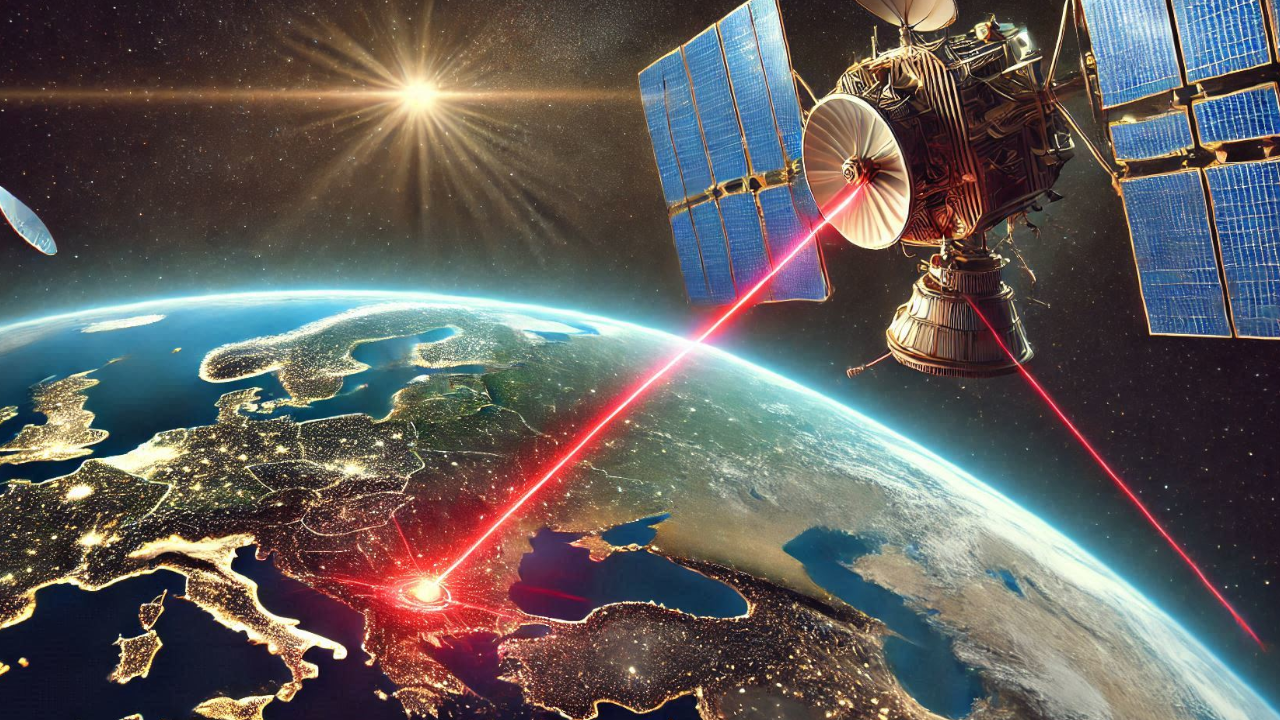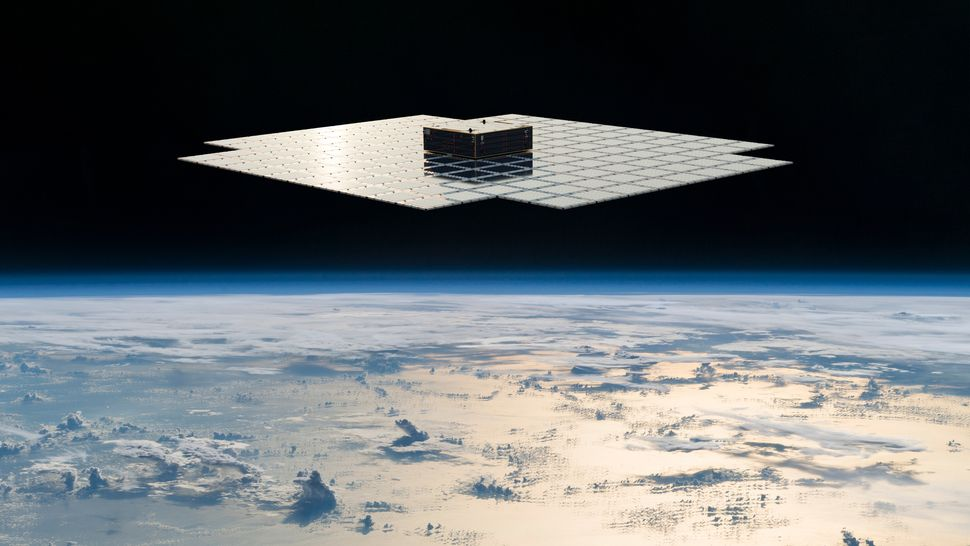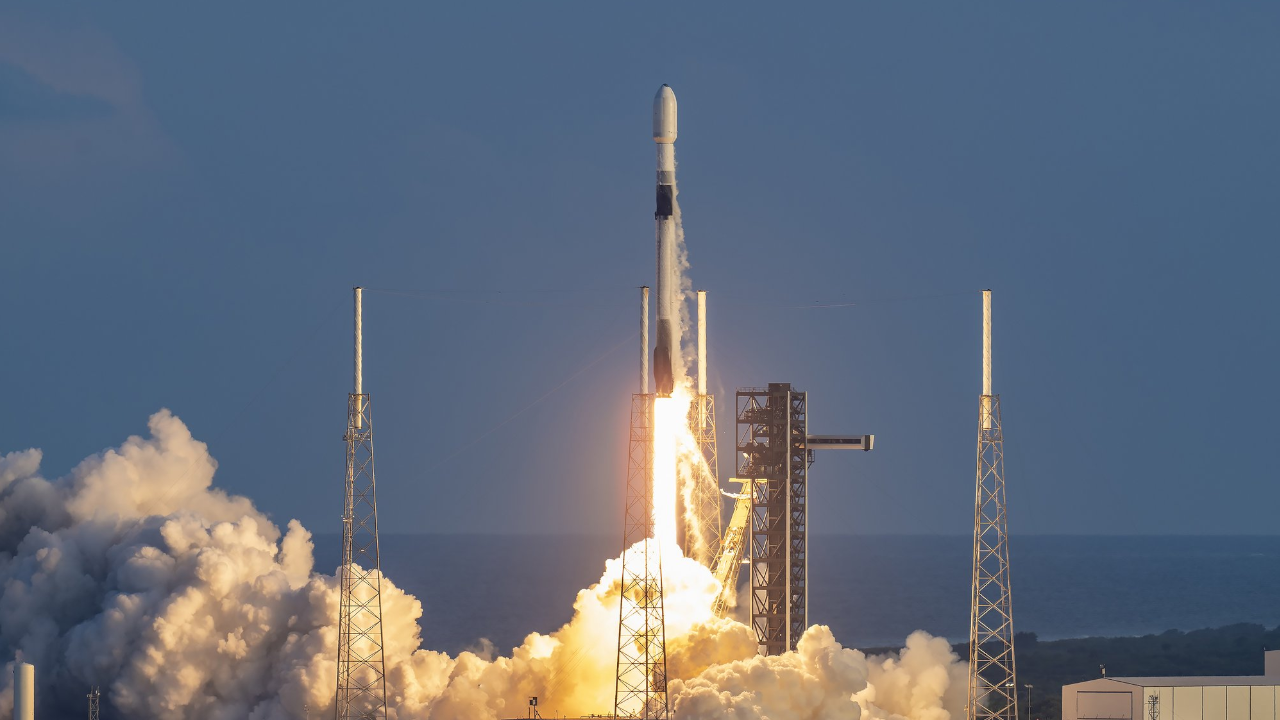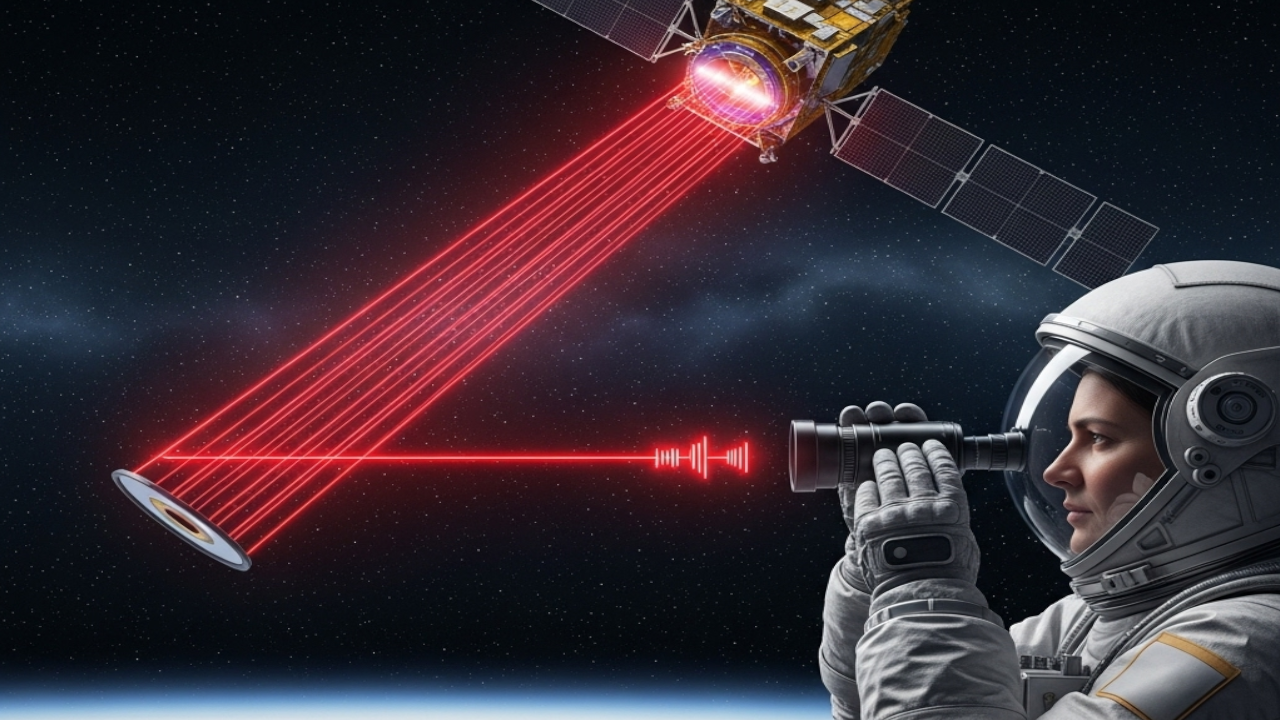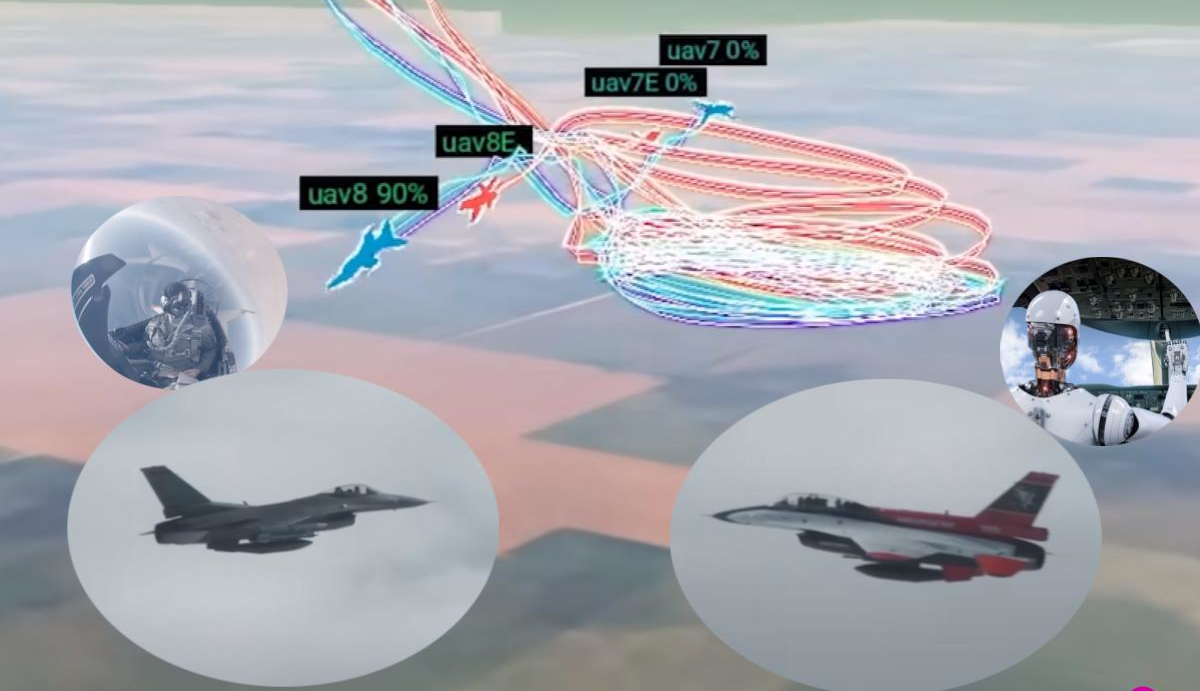Since the launch of the first satellite, Sputnik 1, by the Soviets in 1957, wireless radio signals have remained the backbone of communications between Earth and space. Despite the significant advancements in all space-related technologies, communication technology has not changed.
With the increasing number of satellites in space and the growing amounts of data exchanged with Earth, lasers have emerged as a promising alternative for space communication. They offer the potential to transmit data at much higher speeds, potentially thousands of times faster than radio waves. This is because lasers operate at much higher frequencies, allowing for much faster data transmission.
The TeraNet project, a network of optical ground stations specialising in high-speed space communications, from the University of Western Australia represents a groundbreaking step forward in this field. It achieved its first success a few days ago when the network successfully received laser signals from a German satellite in low Earth orbit. This success comes just weeks after NASA’s successful transmission of images to the International Space Station using lasers, paving the way for two-way data exchange with space. This could revolutionize applications such as Earth observation, remote control operations, and civil and military communications across space.
However, laser communication itself has limitations. It requires a clear line of sight between the sender and receiver. Unlike radio waves, laser signals can be disrupted by clouds and rain. To address this challenge, TeraNet has established a network of three stations, two of which are fixed and spaced apart. In case of bad weather at one station, communication can be switched to the other. The third station is mobile and can be moved in case of an emergency.
The success of TeraNet paves the way for a future where laser communication becomes the dominant way of data transmission between Earth and space. It could enable the transmission of high-resolution images and videos from space, and we may one day even be able to receive live broadcasts from astronauts on the Moon.

